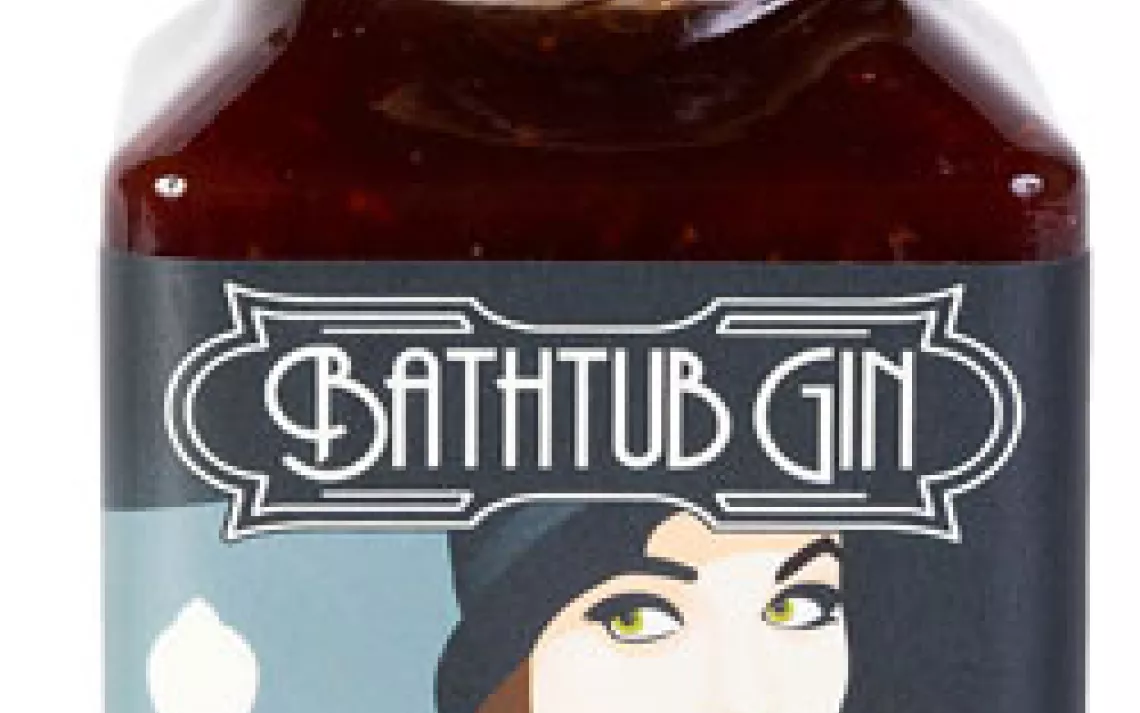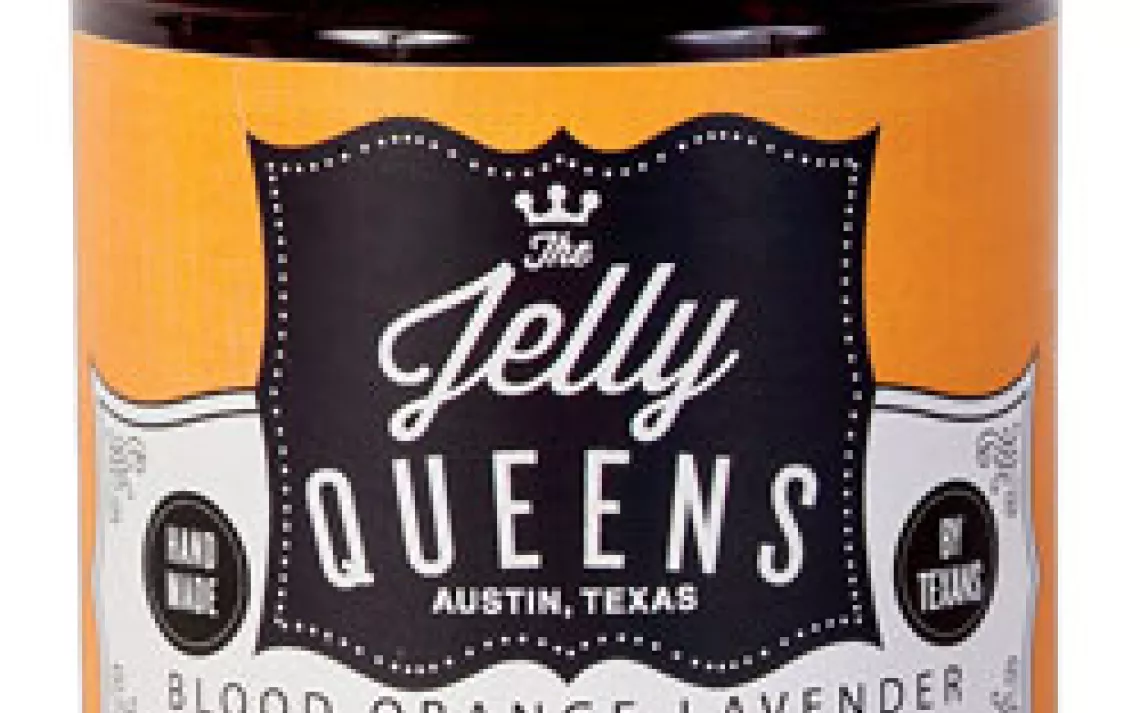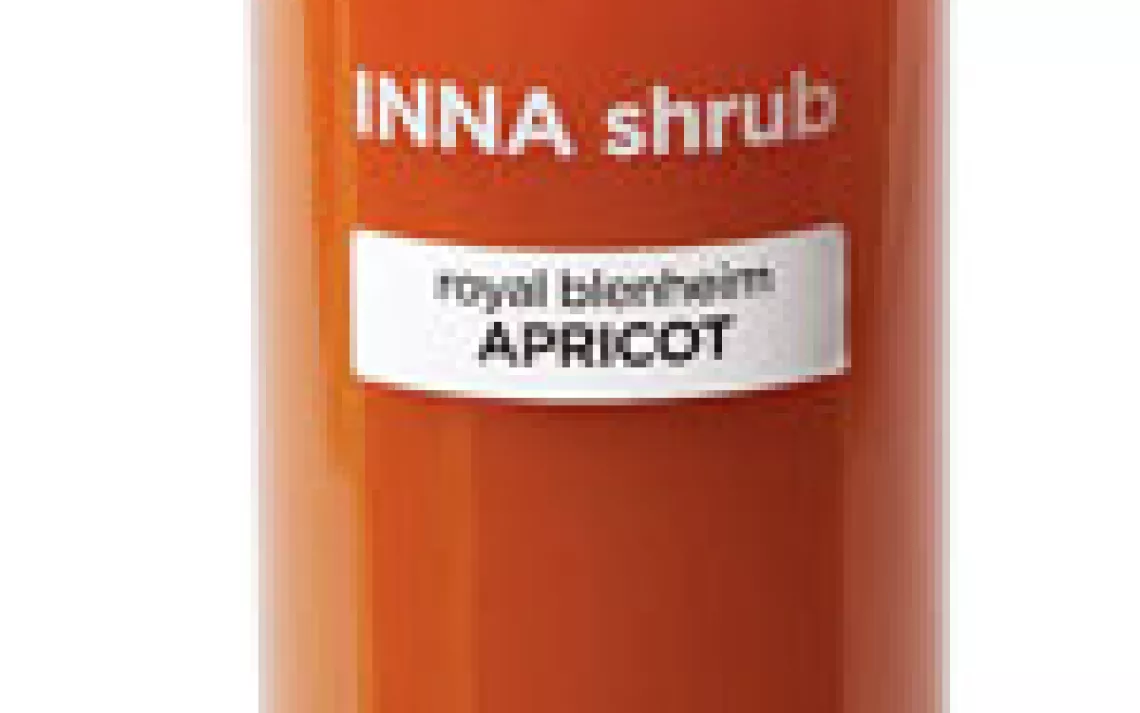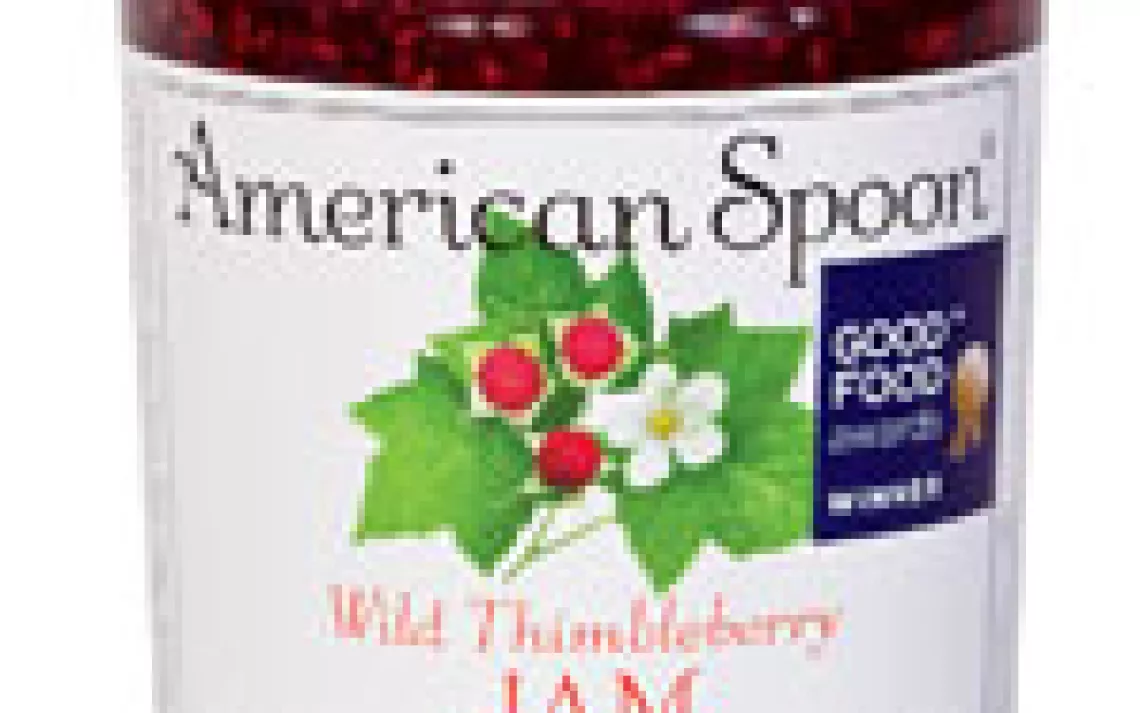Preserve and Protect
The time-honored craft of preserving fruits can yield tasty returns and still tread lightly
Cooking fruit and storing it in jars is an old tactic for dealing with bumper crops and keeping food available outside the growing season. Preserving is also an art that makes lip-smacking use of regional staples in jams and jellies, chutneys and syrups. Honoring the practical and the gourmet, the Good Food Awards champion those American food and drink producers who use ingredients that align with their regions' ecosystems. (See "Spout.") The event also brings in experts to do a blind tasting and declare which brands are the most delicious.
Contenders in the Good Food Awards' preserves category are required to use fruit that has been grown locally, in its natural season, and that's free from herbicides, pesticides, fungicides, and synthetic fertilizer. Banned are artificial ingredients like the food dye Red 40 and genetically modified organisms like beet sugar.
Our sampling from this year's 24 preserves finalists, 2 of which were winners, shows how honoring palate and planet can be done.
BATHTUB GIN's spiked jams and marmalades aren't made in a clawfoot tub or boiled with water from one. Sisters and cofounders Amy Lorber and Erin Ackley were inspired to infuse fruit with spirits by inverting an idea from their favorite era, back when booze was illegal and DIY hooch was cut with fruit juices to cover up what Lorber calls "the shoddy flavor." The pair churn out more than 20 kinds of alcohol-laced preserves from Ackley's commercially certified home kitchen in Nashville, Tennessee. All the ingredients are local and/or organically sourced. Lorber says she and Ackley conjure up flavors by seeing what's in season and flipping through their stack of cocktail books. Their 2014 winner, Limoncello Strawberry, which is made with limoncello liqueur and candied lemon peel, prompted preserves judge Bianca Kaprielian to hail the jam's creativity and "good texture." $12 for 8 ounces, bathtubginonline.com

Donna Collins-Yamini, a merry third of the trio behind the JELLY QUEENS of Round Rock, Texas--"a little suburb of Austin that you have to say with a perfect twang"--constantly gets hugs from strangers. "Jelly is a very happy product," she says. "But it's not just about the jelly. The jelly is the medium that we're using to help make people's lives better." The two-year-old company's jams, jellies, and sauces are made from scratch and contain ingredients that are as local as possible. "Everything that we do is organic," Collins-Yamini says. "We grow our own rosemary, basil, and lavender and infuse our own honeys and salts. Even our pectin is GMO-free." She toured a lavender farm around the time a shipment of Texas blood oranges came in, seeding the idea for their 2014 winner, Blood Orange Lavender Marmalade. Judge and Black Jet Bakery Company proprietor Gillian S. Shaw raved, "Love the orange flavor." $7 for 5 ounces, thejellyqueens.com

A fruit "shrub" is just another way of preserving fruit--a sort of pickle-preserve hybrid of produce, vinegar, and sugar that mixes nicely in salad dressings and cocktails. INNA JAM founder Dafna Kory recommends mixing the Royal Blenheim Apricot Shrub with sparkling water to make a soda, or using it to deglaze a pan. Preserves judge Joe Yonan calls it "fantastic--my favorite shrub. Great balance, nice texture." Kory takes pride in using just one kind of whole fruit per jar, and sources all of her produce from farms within 150 miles of Inna Jam's Emeryville, California, headquarters. No herbs, spices, or synthetic flavorings like vanillin are added, either. As Kory told the Good Food Awards, which included her Pretty Spicy Fresno Chili Jam among the 2013 winners, "Artificial additives are for chumps." $15 for 12.7 ounces, innajam.com

AMERICAN SPOON is a 31-year-old, family business in Petoskey, Michigan, offering marmalades, salsas, and sundry condiments in between. The thimbleberry hookup for its 2012 and 2013 Good Food Awards–winning Wild Thimbleberry Jam is a couple in their 80s, a secret partnership that's 20 years old; the wild berries grow for just a few weeks in August, and foragers who have a spot don't tell. Pickers in Michigan's Upper Peninsula, one of the few northern U.S. climates where thimbleberries grow, wear little bells on their shoes to ward off bears and pluck gently so the small, fragile berries don't fall apart. These berries are mixed with sugar to proudce a jam that 2014 preserves judge and Washington Post food and travel editor Joe Yonan calls, "Perfectly lovely. Two-ingredient bliss." American Spoon rep Megan Feeley likens thimbleberries to raspberries' floral cousin with nutty seeds: "They taste the way roses smell." $22 for 9 ounces

 The Magazine of The Sierra Club
The Magazine of The Sierra Club